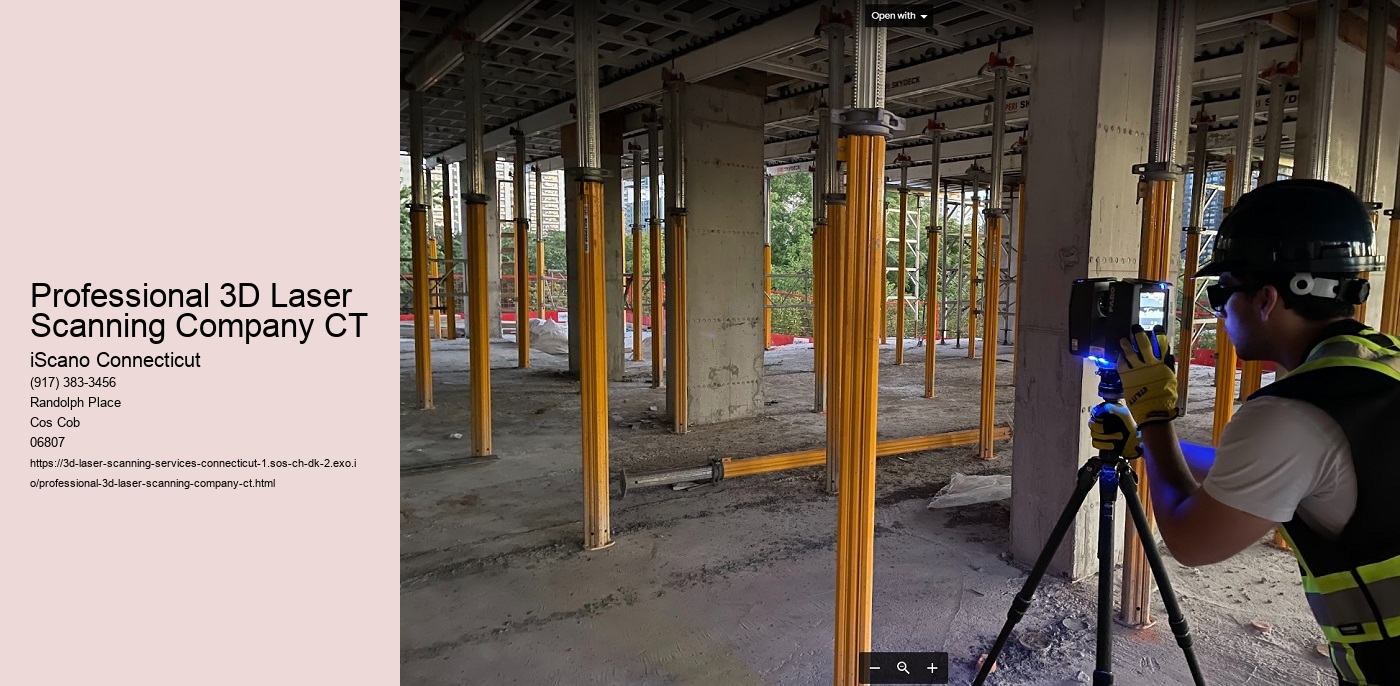Revolutionizing Mapping and Surveying: 3D Laser Scanning Redefines Connecticut'' s Aesthetic Landscape Innovation in visualization has actually taken a giant leap ahead with the arrival of 3D laser scanning innovation. Top 3D Laser Scanning Services in Connecticut . This advanced device is reinventing the method we regard and interact with our surroundings, especially in the context of mapping and surveying in Connecticut. With its unequaled precision and effectiveness, 3D laser scanning is improving industries and opening brand-new opportunities for urban preparation, infrastructure development, heritage conservation, and far more.
Connecticut, with its diverse surface and abundant social heritage, presents a myriad of difficulties and opportunities for visualization modern technologies. Conventional approaches of mapping and surveying often battle to record the complex information of its landscapes and structures. Nonetheless, 3D laser scanning offers an option that goes beyond these constraints, providing highly precise and detailed representations of both all-natural and synthetic settings.
Among the essential benefits of 3D laser scanning is its ability to catch information swiftly and non-invasively. By sending out laser pulses and measuring the moment it takes for them to return, scanners can produce precise three-dimensional versions of objects and landscapes with impressive speed. This efficiency is especially beneficial in Connecticut, where projects frequently deal with limited deadlines and intricate terrain.
In addition, the level of detail caught by 3D laser scanning is unparalleled. From the intricate exteriors of historical structures in New Haven to the sturdy topography of the Litchfield Hills, every subtlety is faithfully duplicated in the resulting digital versions. This level of integrity not only enhances the precision of mapping and surveying initiatives yet likewise gives valuable understandings for preservation and repair tasks.
In addition to its precision and efficiency, 3D laser scanning uses versatility that is unparalleled by traditional approaches. Whether it'' s catching the format of a building and construction website in Stamford or documenting the problem of a bridge in Hartford, scanners can adapt to a vast array of settings and applications. This flexibility makes them essential tools for designers, engineers, excavators, and metropolitan coordinators throughout Connecticut.
Additionally, the data collected with 3D laser scanning can be easily integrated into different software platforms for further evaluation and visualization. By integrating scan information with geographical info systems (GIS) or building info modeling (BIM) software application, stakeholders can gain much deeper insights into spatial partnerships, determine potential problems, and make even more informed decisions. This integration is driving innovation in fields such as urban style, transportation planning, and ecological administration.
Past its practical applications, 3D laser scanning is additionally contributing to the preservation and documents of Connecticut'' s cultural heritage. By electronically catching historical sites, monuments, and artefacts, scanners are developing virtual archives that can be accessed and studied for generations to come. This not only aids to guard these vital social properties yet additionally offers researchers with very useful sources for research and interpretation.
Nevertheless, in spite of its various benefits, the extensive adoption of 3D laser scanning in Connecticut is not without challenges. Price factors to consider, technical competence, and information administration problems are just a few of the factors that organizations have to browse when applying scanning projects. Additionally, the rapid pace of technological advancement means that professionals need to constantly update their abilities and tools to stay in advance of the contour.
In conclusion, 3D laser scanning stands for a transformative advancement in visualization that is improving the way we regard and communicate with our setting. In Connecticut, this innovation is opening brand-new possibilities for mapping, evaluating, and cultural heritage preservation, while additionally driving innovation in a variety of sectors. As the modern technology continues to develop, its potential to transform visualization in Connecticut and beyond is essentially endless.
